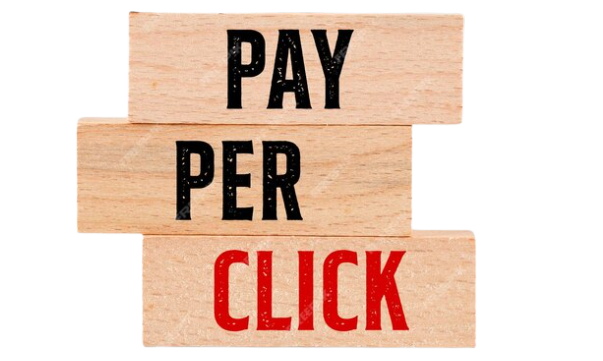Introduction
Pay Per Click, or PPC as it is more frequently known, is a potent online advertising strategy used by companies to get targeted visitors to their websites. It’s an economical way to market your goods or services and get in front of potential clients. In this article, we’ll delve into the world of PPC and examine its fundamental ideas, advantages, and practical applications for business.
What is Pay Per Click (PPC)?

In the pay per click advertising approach, businesses are charged every time one of their ads is clicked. It’s a method of purchasing website traffic rather than obtaining it naturally through SEO. PPC advertising is a service that search engines like Google, Bing, and social media websites like Facebook and Twitter provide to businesses. On other relevant websites as well as the top or side of search engine results, these advertisements frequently appear.
Key Concepts of PPC:
1. Keywords: In PPC, you select specific keywords that trigger your ads when users search for them. Choosing the right keywords is crucial for targeting the right audience.
2. Ad Copy: The text that appears in the advertisement is known as the ad copy. It ought to be engaging, succinct, and pertinent to the user’s search query.
3. Ad Quality Score: To decide your ad’s ranking, search engines evaluate its quality and relevancy. Ad positioning and expenditures can both be decreased with a higher-quality advertisement.
Benefits of PPC:
To understand PPC fully, it is essential to grasp its key components:
1. Results Almost Immediately: PPC can boost website visibility and traffic nearly immediately. Businesses aiming to increase sales or introduce new items may find this to be very helpful.
2. Targeted Advertising: With targeted advertising, you can target the right individuals with the right message at the right time by limiting your audience by demographics, location, interests, and more.
3. Measurable ROI: PPC provides accurate analytics that let you monitor the effectiveness of your ads and make data-driven decisions to improve your campaigns.
4. Budget Management: PPC gives you complete control over your spending. You decide on a daily or monthly spending cap, and you’ll never go over that amount.
Getting Started with PPC:
Before starting your PPC adventure, you must:
1. Establish Your Goals: Choose whether you want to increase website traffic, produce leads, or increase sales with your PPC campaign.
2. Keyword Research: Research and choose appropriate keywords that are consistent with your objectives and the search patterns of your target audience.
3. Make Engaging advertising: Write compelling ad copy that persuades users to click on your advertising.
4. Create a Budget: Create a budget that is appropriate for your goals, and carefully track your expenditures.
5. Track and optimize: Consistently assess the efficacy of your ads and make necessary changes.
In this manual, we will go into greater detail about each of these actions and provide advice and tactics for a productive PPC campaign. Understanding the ins and outs of Pay Per Click advertising is a critical skill for any organization aiming to survive in the digital age, whether you’re new to PPC or trying to improve your existing campaigns.

